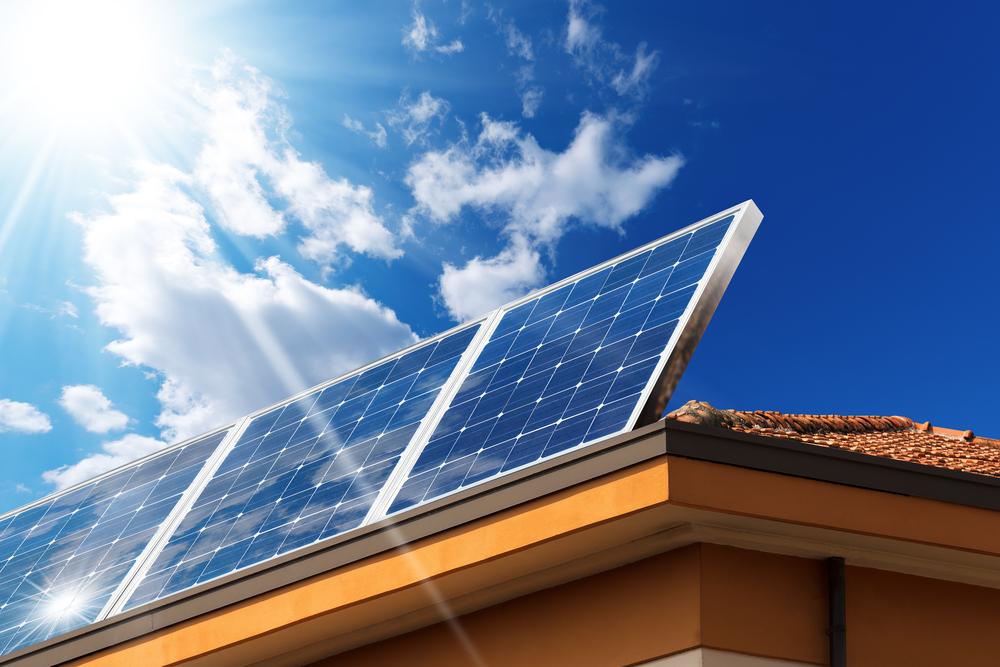An Introduction to Green Energy
The topic of green energy has been in the news over the last several years. Even though it’s getting a lot of attention, many people still don’t quite understand what it is, where it comes from, or why they should use it. It’s time to cut out the confusion surrounding this topic. Here’s what you need to know about green energy:
What is Green Energy?
The energy that supplies power to people throughout the U.S. comes from a number of different sources. However, some energy sources are eco-friendlier than others. The term green energy is used to describe the energy resources that offer the most environmental benefits.
Is Renewable Energy the Same As Green Energy?
Energy sources are often classified as either renewable or nonrenewable. The latter refers to energy resources that will eventually be depleted. This is because nature cannot naturally replace these energy resources fast enough to keep up with demand.
Renewable energy resources, on the other hand, will never be depleted. Instead, nature constantly replenishes these resources, so they will always be available. One example of this is solar energy since the sun provides an unlimited supply of this type of renewable energy.
The terms green energy and renewable energy can be used interchangeably since they both refer to the same types of energy resources.

What Are the Different Types of Green Energy?
There are a number of different types of green power sources, including:
- Solar Energy: Solar power is provided by the sun and converted into either thermal or electric energy. This type of energy is the most widely available of all green energy resources.
- Wind Energy: Turbines can be used to transform the kinetic energy of the wind into mechanical energy. Then, a generator can convert mechanical energy to electricity, which is used to power homes and businesses throughout the country.
- Hydroelectric Energy: A generator is used to transform the kinetic energy of moving water into hydroelectric power that can be used to supply power to homes and businesses.
- Biomass Energy: The term biomass refers to organic material produced by plants and animals. Some examples of biomass include manure, food waste, wood processing wastes, and agricultural crops. Biomass releases its stored energy when it is burned.
- Geothermal Energy: This type of energy comes from the heat that is naturally produced by Earth. To use this energy, geothermal power stations must be built. These stations are equipped to take naturally heated water and transform it into electricity.
These are some of the most common types of green energy sources that are used in the U.S. Before you make the switch, it’s important to understand how powering your home with one of these sources could benefit you.
What Are the Benefits of Green Energy?
There are many different benefits to switching to green power sources, including:
- Low Environmental Impact
- Inexpensive
- Renewable
- Employment Opportunities
Let’s take a closer look at each one of these benefits.
Low Environmental Impact
Nearly 30% of all global warming emissions produced in the U.S. come from the electricity sector of the economy. Renewable energy resources produce little—if any—global warming emissions. Therefore, if you switch to green renewable energy, you can drastically reduce your carbon footprint and protect the planet.
Inexpensive
Switching to green energy sources requires an upfront investment, but over time, using these resources can actually save you money.
For example, if you want to use solar power at home, you will need to pay for the cost of solar panels. But that’s the only dime you will have to spend on your solar panels. After they are installed, they will begin supplying power to your home using energy from the sun. You don’t have to pay for this energy, which means you will be able to lower your monthly utility bills.
Renewable
There is an abundant supply of green energy sources since they are renewable, which means that nature replenishes them over and over again. Unlike other energy sources, there is no risk of running out of renewable energy, which is another benefit to harnessing the power of green energy sources. Depending on the state you live in, you may qualify for different rebate programs or renewable energy credits that can help you save money too!
Employment Opportunities
Using green energy helps the economy, too. Thousands of new jobs in manufacturing and installation have been created as a result of the increase in demand for green energy. In fact, renewable energy resources create jobs at a rate that is 12 times faster than any other segment of the U.S. economy. You aren’t just helping the environment by going green—everyone in the U.S. can benefit from a booming economy!
Go Green With Green Energy
Now you know the basics of clean energy, including where it comes from and why it’s so important to utilize. Use this information to live a greener lifestyle and educate others so they follow in your footsteps!


